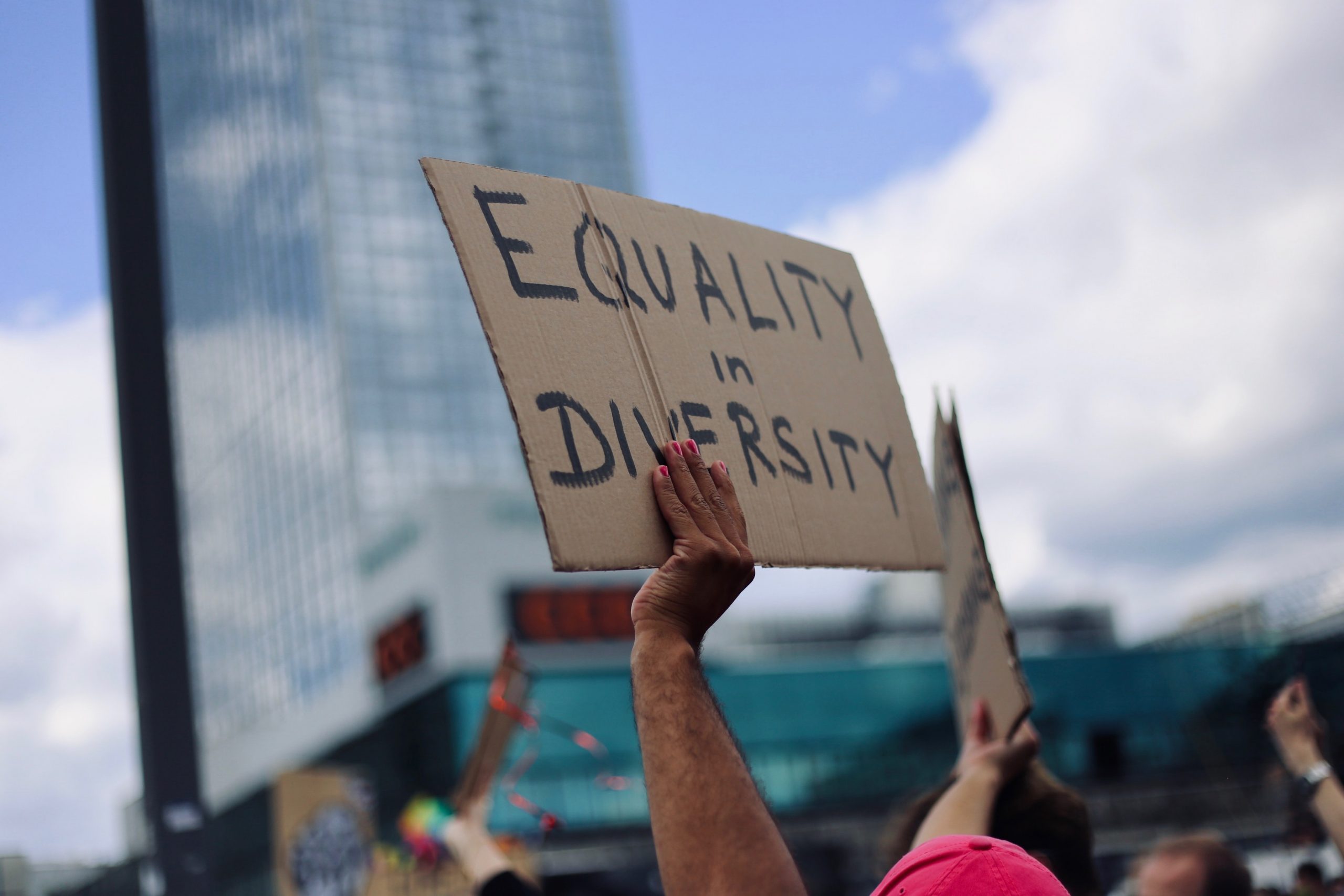Jun 14 2022 | theoutcastcollective
Diversity and inclusion need to be understood and the stalwarts that are essential to maintain and uphold the science that goes behind keeping a workplace running smoothly. It ensures that the people working find representation in the office space and maintains the organisation’s ability to cater to its consumers, since they are also likely to come from a diverse background.
Diversity conflict arises when people are intolerant of others based on differences of race, sexual orientation, gender, ethnicity, caste, and so on, Sometimes, open prejudices against these socio-cultural differences triggers conflict that manifests into much larger problems for an organisation because it hampers communication and tolerance. It adversely impacts the workspaces for both—-the parties involved, as well as those people who unnecessarily get caught in the crossfire. Not only does that slow down work, it also results in mitigating quality of the work, decreasing morale and hostility that is negative for the overall work environment.

It is essential to understand that these conflicts need to be worked through instead of being discarded as the repercussions of having a diverse group, because doing so would halt progress if not completely annihilate any that has been made. Implementing affirmative action and intending on having diverse workspaces requires a lot more than merely giving employment to people who come from different backgrounds. It is only the first step in ensuring that your organisation has multicultural and multigenerational employees. There is a severe need to commit to their well being if one truly wants to create a representative and an inclusive space.
Employers, while introducing diversity, inclusion, representation and equity into the workplace should brace themselves for conflict because that is a natural part of collaboration and often stems from ignorance or lack of understanding among employees or managers on how different cultures operate. The onus of resolving these conflicts, and mitigating their existence lies on the organisations and the people who lead them, as does the responsibility of taking active measures to reduce the damage that they cause.

What becomes imperative, is to see these conflicts as stepping stones to having a more conducive work environment where people feel safe and welcome, and can reach their highest potential instead of citing them as reasons to not have more diverse employees. According to the McKinsey Report, having a diverse work group is more likely to come up with creative solutions and ideas, as well as make the employees more sensitive to customer needs. Most organisations understand the necessity of diversity, yet it somehow eludes practical application and diversity conflict is the primary reason for that besides prejudice and social stratification being internalised values by those who run the organisation, which is an unfortunate outcome of the human experience. ‘Diversity fatigue’ is a problem and it can only be countered by being proactive and practising the following methods to get ‘unstuck’ from heterogenous spaces that makes employees complacent.
- Using inclusive language at work This goes a long way in ensuring that the employees see that identities other than their own can exist in the organisational space and makes them vigilant. A lot of learning occurs by observation, and if the organisation sets an example of being inclusive in the way that it addresses its employees, they will also be sensitive in the way they address their peers.
- Having ongoing conversations about socio-cultural topics. As has been mentioned before, most conflicts arise from unawareness about a particular socio-cultural group and seeing these differences as taboo will only further divide and isolate groups from each other. Instead, these conversations about what makes us unique should be brought into the mainstream by organisations through initiatives like diversity day, or having employees talk about their culture.
- Making regular check-ins with team members a priority. A process such as this will help team members be more comfortable expressing discomfort since it will help foster a sense of security and understanding even in professional relationships which will allow for more open dialogue and discussion.
- Having a standard procedure is also important when it comes to conflict mitigation. However, this is a more reactionary activity since it helps people talk about the conflict and then dismantle the problem. Under such a step, the organisation waits for conflict to arise before acting on it. While the goal is to ensure that conflicts cease to exist, this is a good way to understand how to control them in the future by gauging how open employees are to change and where the heart of the problem lies.
- Ask all team members for their input on projects and initiatives. This can apply to both diversity related projects as well as day to day work projects because it will allow the organisation to gain perspective and view the projects through a diverse lens while also considering all possible outcomes of a situation.
- Help team members find a mutual goal because it will help them see each other as part of one group rather than focus on their differences. It will help them have an anchor that grounds them when their dissimilarities begin to take away from their amiable relationships and smooth functioning work projects because that is their primary aim.
- End conflicts with decisions because that will help the team members see that the company is serious about diversity and inclusion and will take firm decisions to ensure that all of the organisation’s members feel included and secure in the work space.
- Help people respond rather than react to conflict. Emotional regulation should be the foremost goal of a healthy conflict because these conflicts can often have a severe impact on mental health. The organisation should take measures like alleviation of stress due to these conflicts and act on them fast so that people don’t engage in long term tussles that could be detrimental for them.

Diverse workplaces are here to stay, and the only way to avoid conflict is to accept its inevitability and then take measures to mitigate its possibility. Facilitating diversity will help team members learn and open up to new experiences, giving them a real chance to grow from their experience in the organisation.